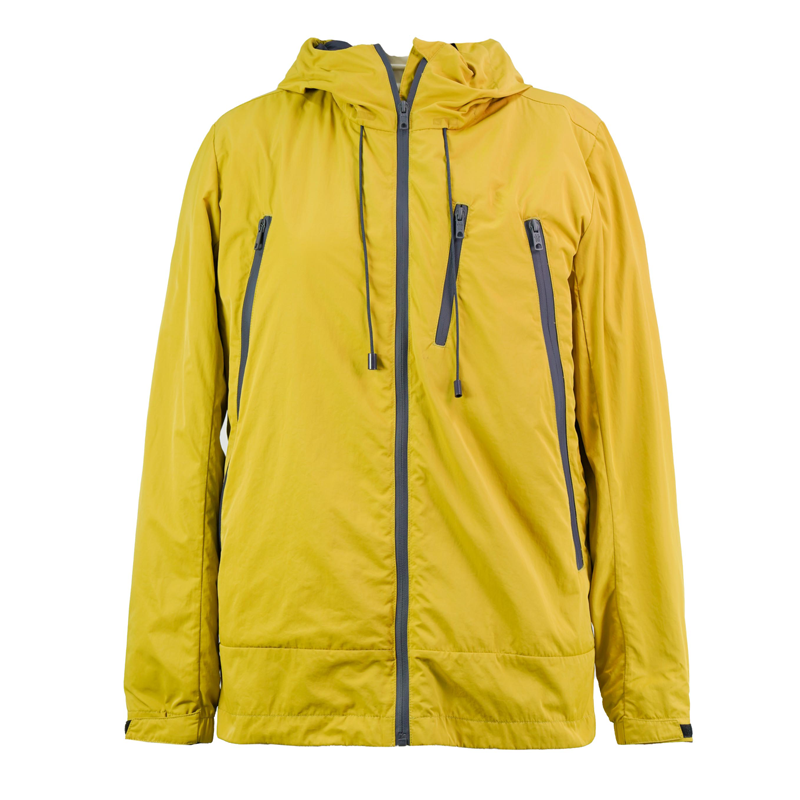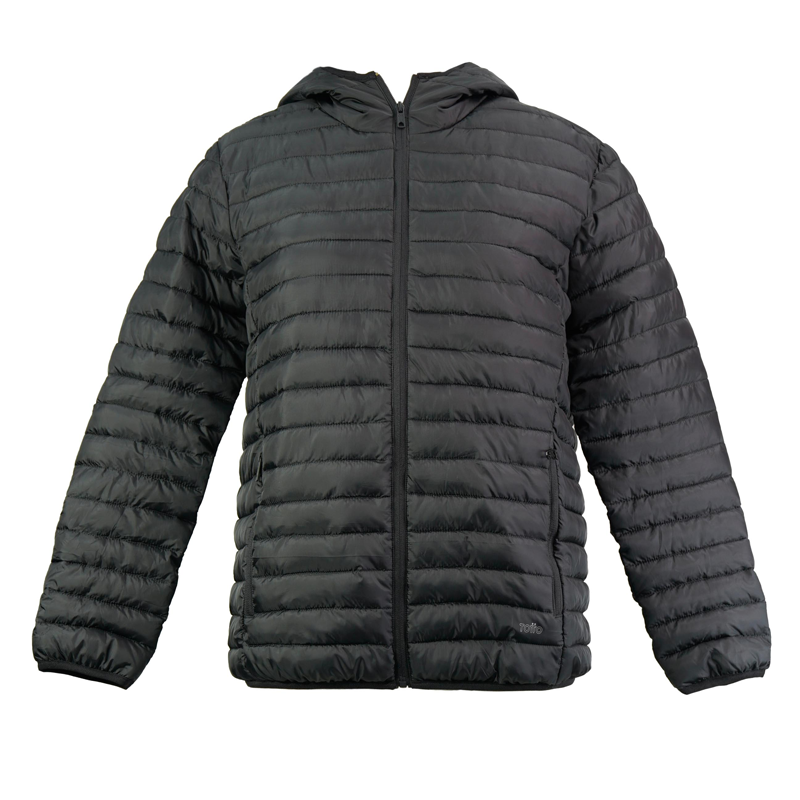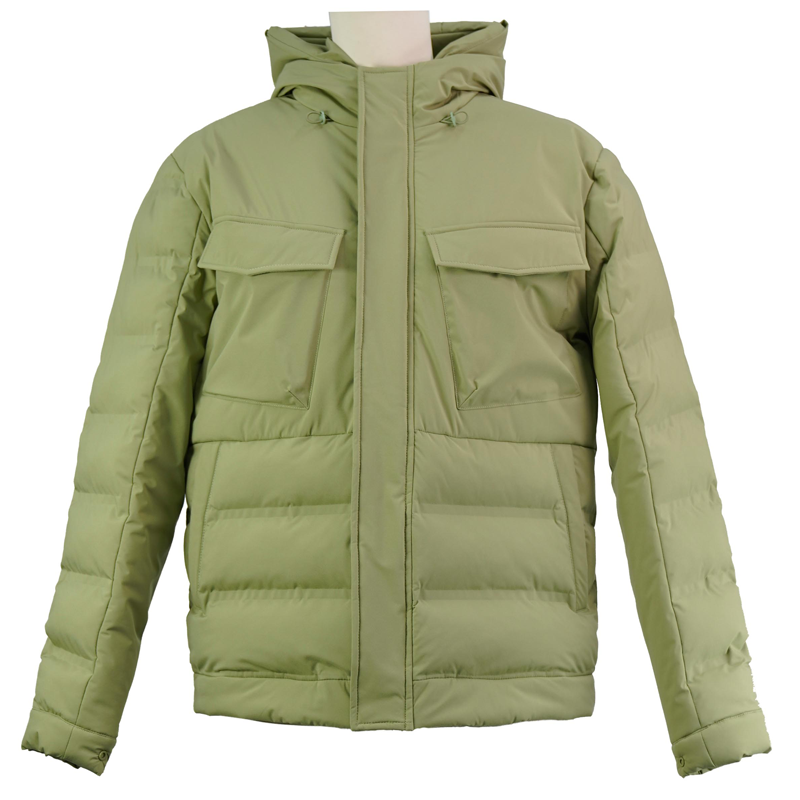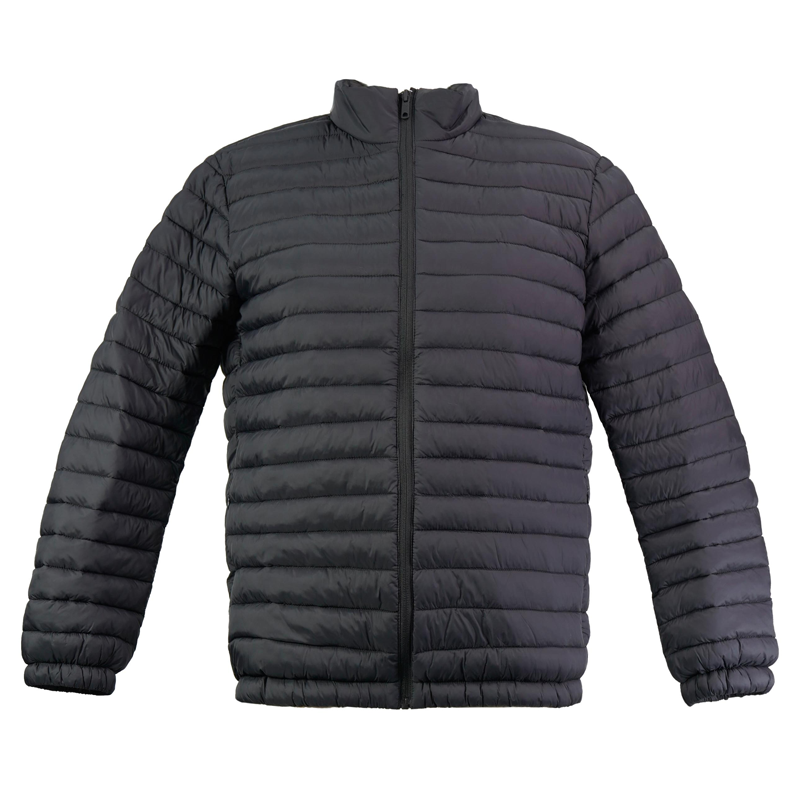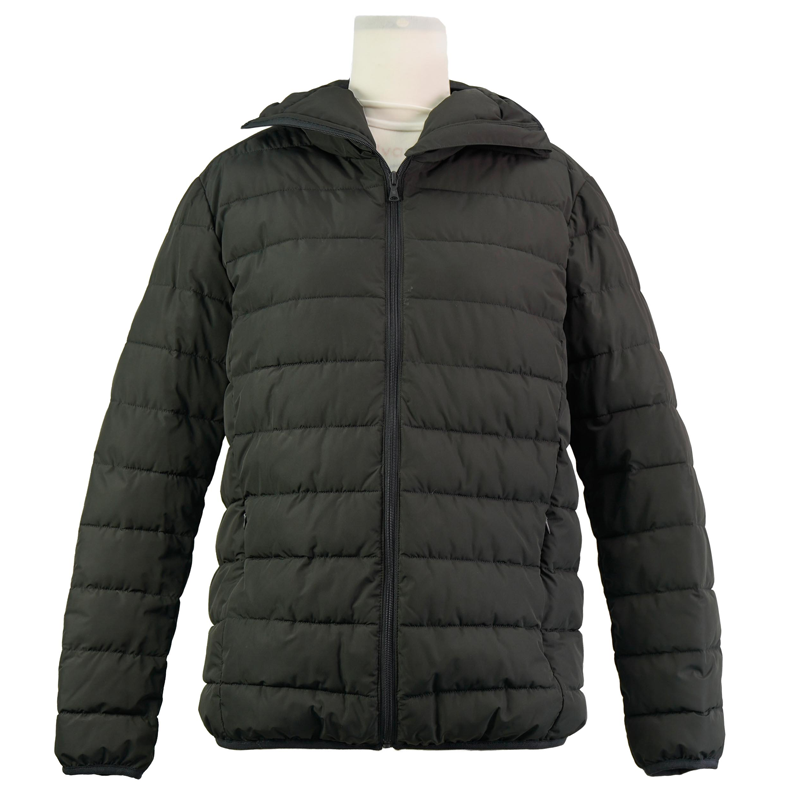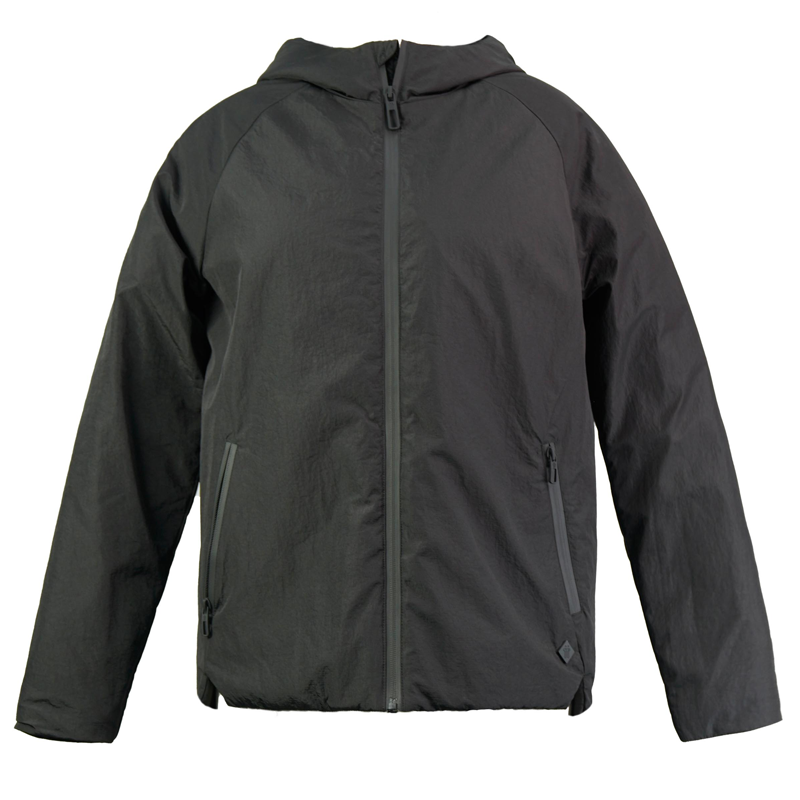Introduction
Australia’s winter wardrobe puzzle is surprisingly complex—sure, most cities hover around 8–17 °C, yet alpine blasts and coastal chills call for decisive outerwear. And that leads to the key question: should you chase high fill power or rugged waterproofing?
You could go for a fluffy leviathan or a sleek rain‑defender—but picking the right tool means understanding the trade‑offs. That’s where JIANGSU OVERSEAS FAREAST, with its R&D know‑how and production scale, steps in—perfectly positioned to craft jackets that aren’t just warm, but intelligently tailored for Australia’s mixed climate.
Fill Power: What It Is and Why It Matters
Fill power measures how many cubic inches one ounce of down can loft after being compressed—so 700 FP equals 700 cu in per ounce .
Higher FP = more warmth per ounce, which means lighter, more compressible jackets—ideal for those who trek or travel. Montbell, for instance, uses FP in the 650–1000 range to build lightweight yet insulated products .
But don’t assume fill‑power alone indicates overall warmth—the total down weight matters too. As a refresher:
Table 1: Fill Power Grades & Typical Uses
| Fill Power (cu in/oz) | Quality Level | Typical Australian Use |
|---|---|---|
| 500–600 | Entry–Mid | Mild winters (Sydney, Brisbane) |
| 600–700 | Good–Very Good | General winter wear, urban layering |
| 700–850 | Premium | Alpine trekking, ski trips |
| 850+ | Ultralight/Technical | High‐end expedition gear |
That lofty 850‑fill jacket isn’t fluff—it’s an engineering marvel in trapping alpine air.
Fill Weight: The Often‑Ignored Partner of Warmth
Warmth = Fill Power × Fill Weight. More weight can compensate for lower FP—and vice versa.
Table 2: Warmth Trade‑Off Example
| Jacket A (500 FP) | Jacket B (800 FP) | Insight |
|---|---|---|
| 10 oz fill → 5000 cu in | 5 oz fill → 4000 cu in | A traps more warmth but weighs more; B packs smaller |
Rhetorical jump:
So if you want cozy weight or minimalist warmth—both are valid, and the choice often hinges on lifestyle.
Weatherproofing: Fabric, Coatings, and Construction
Down’s downfall? Moisture—it collapses loft and zaps warmth.
Hydrophobic down, treated with DWR, boosts moisture resistance and dries faster —but it’s not a cure‑all. Testing from Mountain Equipment suggests structural shell elements and a strong outer barrier often matter more than coating .
Construction style matters too:
Table 3: Seams & Construction
| Jacket Type | Strengths | Weaknesses |
|---|---|---|
| Sewn-through | Lightweight, cost‑effective | Prone to cold spots |
| Box-baffle | Maintains even loft, higher warmth | Bulkier, heavier |
| Hybrid/welded seams | Seamless warmth, water resistant | Premium price point |
A sewn‑through jacket “looks like it’s floating on air”—until a wet breeze collapses that illusion.
Aussie Climate Breakdown
Australia’s seasonal patchwork demands regionally tailored jackets:
Sydney/Bristol cold mornings hit rarely below 7–8 °C, but a polar blast recently dropped to 7 °C in Sydney and −7 °C inland.
Adelaide: 7–16 °C winter, with wind chill and erratic rainfall—especially in hills.
Tasmania: coastal winter lows of 5 °C; highlands dip near 0–3 °C with snow and heavy rain .
Alpine resorts (Thredbo/Hotham): sub-zero temps, snowfall down to 1,100 m, and blizzard conditions.
Northern NT/QLD: mild winters (20–30 °C) where down jackets are luxury layering.
Table 4: Climate Recommendations
| Region | Temps (°C) | Recommended FP | Fill Weight | Construction & Shell |
|---|---|---|---|---|
| Sydney/Adelaide | 7–17 | 600–700 | 4–6 oz | Mid-level DWR, sewn-through |
| Tasmania (coast) | 5–12 | 700–850 | 6–8 oz | Box-baffle, full DWR |
| Alpine Resorts | −5 to 5 | 800+ | 8–12 oz | Hydrophobic down, box-baffle, ski shell |
| Tropical North | 15–25 | 500–600 | 2–4 oz | Lightweight shell, just loose down |
Scenario‑Based Jacket Picks
Commuter in Sydney
A 650 FP, ~5 oz fill, DWR-treated lightweight puffer—cosy yet not bulky.
Weekend Bushwalker (Adelaide Hills)
750 FP, 6–8 oz, box-baffle jacket with a durable shell—built for wind and chill.
Ski Week at Thredbo
800 FP+, 10 oz+, hydrophobic down, powder‑skirt shell—ready for storms and deep snow.
Hunter‑track in Tasmania
700 FP, 6 oz, full weather seal, trim-fit with hood—perfect for wet and windy treks.
Each choice reflects a dance between warmth, weight, and protection—no one fix fits all.
Hydrophobic Down: Fountain of Warmth or Just Hype?
Hydrophobic down resists wetting and recovers loft faster—great in light damp .
But heavy rain? It falters the same as regular down if your shell fails. Coatings fade; shell fabrics endure longer.
Embrace it as a margin‑of‑error insurance, not a cure-all.
Reddit voices echo:
“treated down tech has come a long way and is still helpful in certain situations”
But others stress strong shells and natural down oils as equally effective for long-term performance.
Why Pick JIANGSU OVERSEAS FAREAST INDUSTRIAL CO., LTD.
R&D-driven design: in-house labs refine fill-power calibration, down treatment, baffle structuring.
Massive yet ethical production: 10 factory lines in China plus overseas capacity (~4,000 staff across Myanmar, Vietnam, Cambodia), yielding 10 million garments/year.
Certified integrity: BSCI and WRAP certified—so you get tech gear without the ethics trade-off.
Australian market fit: built with climate-adapted designs (fill-grade and shell tested for region-specific needs).
Global partner pedigree: trusted by clients across Europe, US, and Australia.
It’s not just talk—we engineer the warmth, the weight, and the style, then consistently deliver it.
Conclusion: Your Warmth Equation
In the end, the “perfect” down jacket solves for your needs:
Know the climate: city chill, bush cold, alpine storm conditions.
Match fill power & weight: heavy-duty warmth or light packability?
Protect with shell and construction: water‑resistant outer = warmth retained.
Add hydrophobic down as strategic insurance in damp climates.
Trust your maker: With R&D muscle and scale—and certifications—JIANGSU OVERSEAS FAREAST knows and delivers what Aussie winters demand.
Whether you’re chasing frost in Thredbo or navigating drizzles in Hobart, the right jacket keeps you reaching—for warmth, for comfort, and yes, for style. Want help designing a line specifically for the Australian market? We’re ready when you are.

